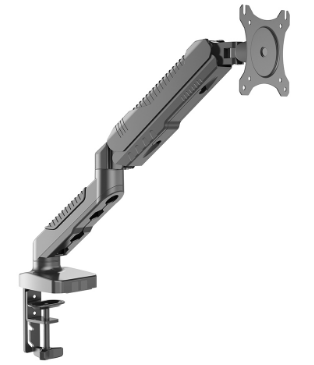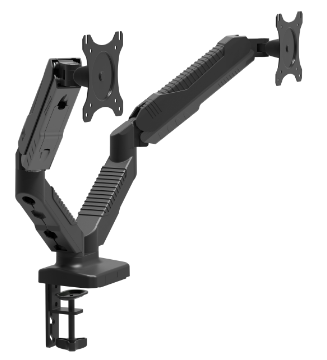In 2009, the United States exported 53 million pounds (24040 tons) of recycled PET to Canada.
However, the number of PETs purchased by US domestic recycling companies has returned to 642 million pounds (291,206 tons) again after a slight decrease in 2008. This figure is the second highest ever, only after 681 million pounds in 2005. (308,896 tons).
In other words, 55.6% of recycled PET bottles and containers in the United States are exported overseas, and basically all are exported to China. This ratio is similar to a year ago. It is also the fourth consecutive year that more than half of the recycled PET bottles in the United States have flowed into China.
However, the amount of domestic recycled PET purchased by the United States is still far from meeting the demand for full-scale operation of all domestic PET recycling plants. According to NAPCOR, the United States’ PET production capacity at the beginning of 2009 was 1,029 million pounds (466,747 tons), and by the end of 2009, it was 1,247 million pounds (565,630 tons).
In addition, the PET production capacity that will be put into operation in 2010 will exceed 200 million pounds (90718 tons), and more production capacity will be put into production in 2011. At present, more than half of PET recycling plants can produce food-grade PET, which has changed a lot compared with a few years ago.
The report stated that due to the imbalance between capacity and existing supply, the US renewable industry still needs to import recycled PET from Canada, Mexico, Central and South America, and continue to use alternative PET materials, such as pre-consumer bottles, post-consumer strapping, and Other raw industrial waste.
The amount of recycled PET bottles in the United States can actually meet domestic demand and provide sufficient sources of production capacity for PET recycling plants, provided that China no longer purchases more than 55% of recycled PET in the United States.
Sabourin said: “A large part of recycled PET bottles in the United States still flows into China, and this phenomenon will continue in the near future. There is currently no indication that Chinese companies will reduce their purchases.â€
In view of this, the report stated that assuming that China’s purchase volume continues to maintain its current level, “[PET] recycling rate needs to be at least doubled this year, ie, increased to more than 56%, and both current and future The required [recycled PET] should be provided to the market at a sustainable price.
This may cause a supply shortage or an increase in the market price of recycled PET in the future. According to the report, one side is high demand, while the other is insufficient supply. This means that there may be a trend of price increase. At that time, the price of recycled materials may be higher than the original material.
Sabourin believes that the challenge now is how to introduce thermoplastic PET packaging “such products that have not yet been incorporated into the normal package regeneration stream†into the regeneration stream. NAPCOR and APR are currently implementing plans to increase the recycling rate of thermoplastic PET packaging and eliminate the technical barriers to processing and recycling of such packaging.
In the office environment, if the display is placed too close, it is easy to have difficulty in focusing and reflecting light when looking at the display, which makes the eyes sour. If it is too far away, the body will lean forward and suffer from pain in the neck and lumbar spine. This series of problems do not conform to the hidden dangers of ergonomics, which will harm your health over time.
Kingstar professional display bracket, so that all this is no longer your trouble! It can adjust your monitor to any position suitable for you, far and near, high and low arbitrary adjustment, to maximize the adaptability of your monitor and mobile office needs.


Adjustable Monitor Arm, Monitor Desk Mount, Computer LCD Stand Holder
Ningbo YINGBOTE Trading Co.,Ltd , http://www.intelligentoffice-cn.com